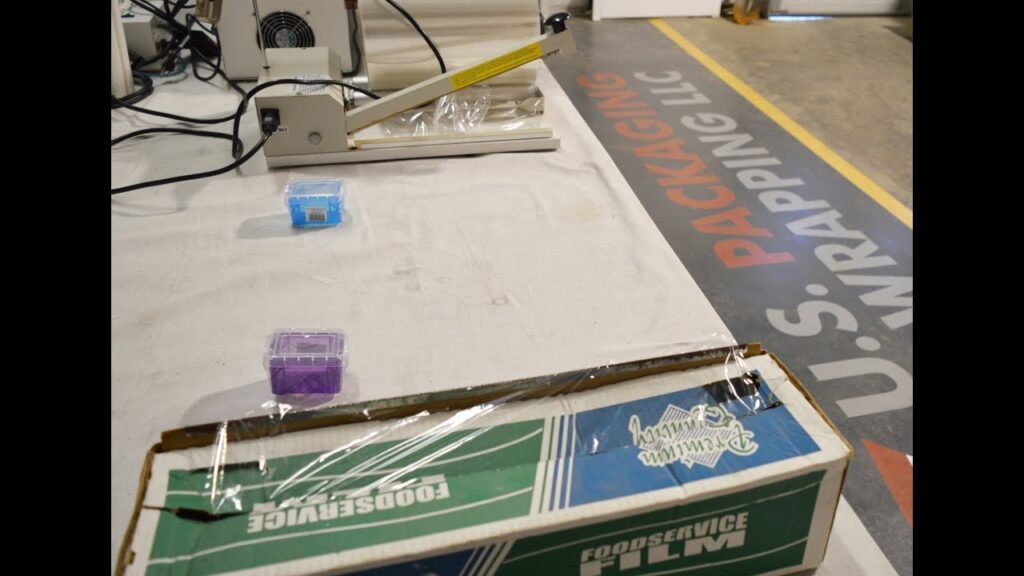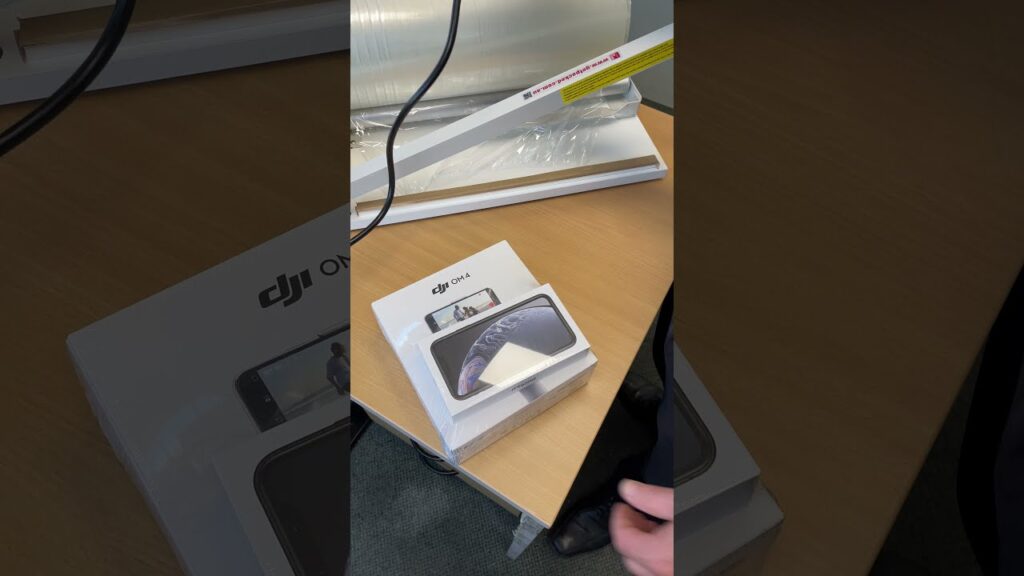Have you ever wondered why you can't use plastic Saran wrap as heat shrink wrap? It's a common question that many people have, and today we're going to dive into the science behind it. In this article, we will explore the differences between plastic shrink wrap and Saran wrap and why they serve different purposes. So, let's get started!
When it comes to wrapping products, whether it's for packaging or storage purposes, the right type of wrap is crucial. A popular choice for many businesses is plastic shrink wrap, which provides a tight and secure seal around the product. On the other hand, Saran wrap, often used in households for food preservation, is not suitable for heat shrink applications.
Plastic shrink wrap is made from a high-quality plastic material that has been specifically designed for heat shrink applications. It is commonly used in industries such as manufacturing, distribution, and logistics to protect products during transportation and storage. The plastic shrink wrap machine plays a vital role in this process, as it applies heat to the wrap, causing it to shrink tightly around the product.
The key difference between plastic shrink wrap and Saran wrap lies in their composition. Saran wrap is made from a thin plastic material that is not designed to withstand high temperatures. When exposed to heat, Saran wrap will melt, making it unsuitable for heat shrink applications.
To better understand why Saran wrap cannot be used as heat shrink wrap, let's take a closer look at the plastic shrink wrap machine. This machine is specifically engineered to produce the right amount of heat needed to shrink the wrap securely around the product. It utilizes a heat gun, which emits hot air, to evenly distribute heat across the surface of the wrap.
Heat shrink wrap machines are often used in large-scale operations, where efficiency and precision are paramount. By utilizing this technology, businesses can ensure that their products are well-protected during transit, reducing the risk of damage or contamination.
Now that we understand the differences between plastic shrink wrap and Saran wrap let's dive into the benefits of using plastic shrink wrap. One of the main advantages is its ability to conform tightly to the shape of the product, providing a secure seal. This is especially important for fragile or irregularly shaped items that require extra protection.
Another benefit of plastic shrink wrap is its durability. It can withstand harsh conditions such as moisture, dust, and UV exposure, ensuring that the product remains intact and protected. Plastic shrink wrap also acts as a barrier against tampering, making it an excellent choice for businesses that prioritize security.
When it comes to cost-effectiveness, plastic shrink wrap certainly takes the lead. It is a cost-efficient solution that offers high-quality protection at a reasonable price. By investing in a plastic shrink wrap machine, businesses can streamline their packaging process and reduce overall costs.
In conclusion, while it may be tempting to use Saran wrap as a cost-saving alternative to plastic shrink wrap, it is essential to understand the differences between the two. Saran wrap is not designed to withstand high temperatures and will melt when exposed to heat, making it unsuitable for heat shrink applications. Plastic shrink wrap, on the other hand, is specifically engineered for these purposes and offers a range of benefits such as secure sealing, durability, and cost-effectiveness.
So, the next time you're in need of packaging or storing your products, remember to choose the right wrap for the job. Investing in a plastic shrink wrap machine and utilizing the proper materials will ensure that your products are well-protected and ready for transit.
Shrinking Machine
Decoding the Effectiveness: Heat Gun vs. Plastic Shrink Wrap Machine in Professional Packaging


